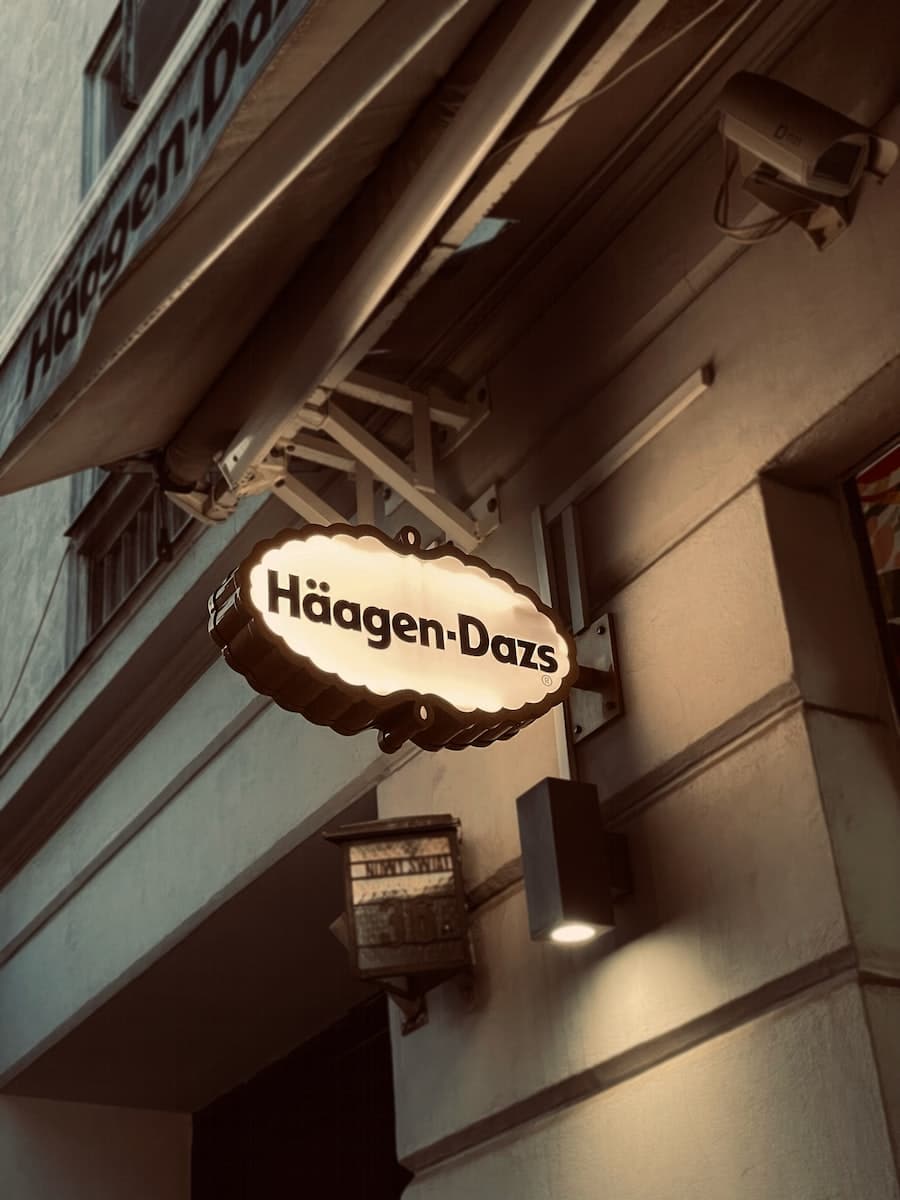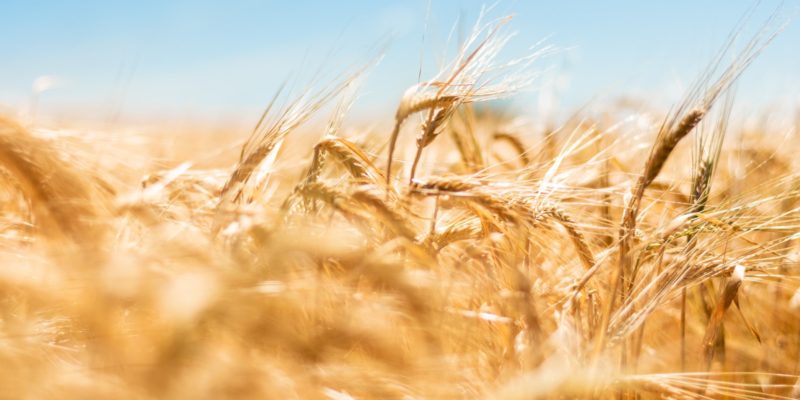Agrifood is a key sector in the Arras and Artois region of northern France. In the heart of this fertile region, agriculture and food processing have long been major economic activities. In this article, we explore the importance of agri-food in Arras and Artois, looking at economic, social and environmental aspects.
A regional economic pillar
Situated at the heart of a high-performance agricultural environment, Arras’ agrifood sector has undergone significant transformation since the late 1980s. Thanks to strategic investments and solid partnerships, the region has succeeded in developing a complete and dynamic agri-food ecosystem, which includes renowned companies such as Cocorette, Häagen-Dazs, Vandemoortele, Tereos, Société industrielle des oléagineux (SIO), Ingredia, Rosello & fils, and many others.
These companies, representing various sectors of the agri-food industry, have contributed to the growth and diversification of the sector. They have also benefited from the favorable ecosystem put in place by the region, which includes initiatives such as Adrianor, higher education in agri-food, suitable host sites and specific financial aid. By building on these strengths, the Arras agrifood industry has become a success story and an economic engine for the region.
What makes the Artois region a leader in the agri-food industry
The creation of Adrianor, a research and development center specializing in the agri-food sector, plays a major role in stimulating innovation and promoting improved practices in this sector. In the same spirit, the reinforcement of higher education in agri-food, notably in collaboration with the Université d’Artois, prepares students to become key players in this constantly evolving sector.
At the same time, the public authorities, including the CUA, have set up sites specially designed for agri-food companies, such as Artoipole and Actiparc. These zones offer an environment conducive to the development of these companies by meeting their specific needs. In addition, the development of appropriate real estate infrastructures, such as “ateliers relais” and agri-food incubators, makes it easier for companies to set up and grow. The region is also paying particular attention to improving sanitation systems and water resource management, in order to meet the specific needs of the agri-food sector and ensure sustainable use of these resources.
Last but not least, specific financial aid is available to encourage the establishment of agri-food businesses in the region, thereby helping to boost its attractiveness and economic dynamism.

Häagen-Dazs’ European products are manufactured at Tilloy-lès-Mofflaines
A major impact on employment and the local economy
The Arras region employs 3,000 people in food production companies, as well as 1,100 in food wholesaling.
In addition, a wide range of ancillary service companies contribute to strengthening the sector, including transporters, stainless steel boilermakers, maintenance companies, refrigeration specialists and the packaging industry. This diversity of players and services supports the entire agri-food sector and promotes the harmonious development of the ecosystem. The figures also testify to a significant increase in employment (and, incidentally, a solution for finding it) in the sector over the last ten years.
Indeed, employment in the agrifood sector in the Arrageois region has risen by 35%, compared with 16% for the Nord-Pas-de-Calais region as a whole. This performance demonstrates the importance and vitality of the agri-food industry in the Arrageois region, which has become an economic engine and a center of excellence in the agri-food sector.
An agricultural history of the Artois region
The Artois region has a long history of agriculture, influenced by geography, climate and political and economic events over the centuries :
- Prehistory and Antiquity: The first traces of agriculture in the Artois region date back to prehistoric times. The Celts and Gauls mainly raised livestock and cultivated cereals such as wheat and barley. With the Roman conquest in the 1st century BC, agriculture developed with the introduction of new methods and new crops, such as vines ;
- Middle Ages: In the Middle Ages, the Artois region was marked by the feudal system.
Land was organized into seigneuries, with local lords granting rights to peasants to farm their land.
The region was predominantly agricultural, with cereals, pulses and livestock raised for meat and milk production ; - Modern era: From the 16th century onwards, the Artois region experienced a period of agricultural innovation.
Crop rotation techniques and the use of fertilizers were improved, and new crops such as potatoes were introduced. The region was also marked by wars and conflicts, notably the Thirty Years’ War (1618-1648) and the War of Spanish Succession (1701-1714), which had a negative impact on agriculture and the population ; - The Industrial Revolution: In the 19th century, the Artois region was affected by the Industrial Revolution and growing urbanization. Railroads were built, enabling the rapid transport of goods and people.
Agriculture became mechanized, with the introduction of farm machinery and the creation of agricultural cooperatives. However, industrialization also led to a rural exodus, with a decline in the agricultural population ; - 20th century to present day: In the 20th century, the Artois region was severely affected by two world wars, in particular the First World War, which devastated the region. After the war, agriculture was rebuilt and modernized, with the adoption of new technologies and the expansion of crops. The European Union’s Common Agricultural Policy (CAP), introduced in 1962, also had an impact on Artois agriculture, regulating prices and subsidies.
Today, agriculture in the Artois region is diversified, with cereal, sugar beet, potato and vegetable crops, as well as livestock farming for the production of meat (for the Arras andouillette, for example) and dairy products. Organic farming and sustainable agricultural practices have also gained in importance in the region, in response to environmental concerns and consumer demand for quality products. Artois is also known for its production of local cheeses and for the cultivation of hops used in beer production (such as Arrageoise). Farmers in the region continue to innovate and adopt new technologies to improve the productivity and sustainability of their operations.
R.C.
